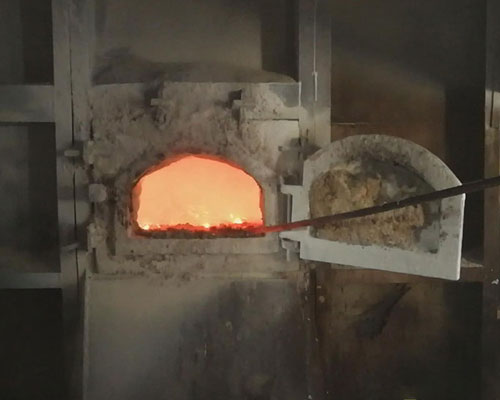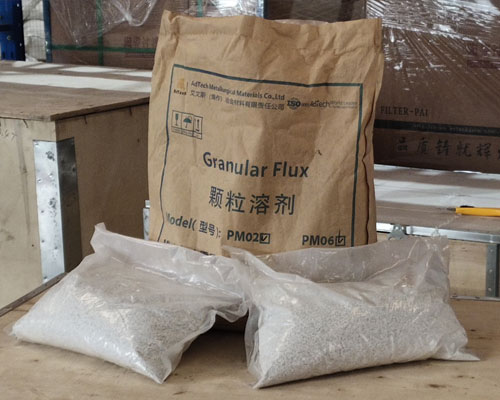High-efficiency refining fluxes for aluminum alloy smelting has the following advantages:
- It has the advantages of combining gas refining and flux refining into one, and the degassing effect is better.
- The addition amount is small, the operation is simple and convenient, and the labor intensity of workers is reduced.
- The utilization rate of the flux is high, which effectively realizes the degassing and slag removal of the melt.
The principle is to use protective gas (chlorine, argon, or their mixture) as a carrier to transport the powdered scouring agent below the surface of the aluminum water, and generate inert gas in the aluminum water through a chemical reaction to absorb hydrogen bubbles. And the adsorbable material with high wettability absorbs small particles of impurities.

Refining Fluxes Instructions
Put the aluminum alloy refining agent into the refining tank, when the temperature of the aluminum liquid reaches 700-740℃, pass nitrogen or argon into the refining tank, and send the high-efficiency refining agent into the molten aluminum alloy liquid, stir and smelt to achieve purification Aluminum liquid purpose. Recommended dosage: add 0.1-0.4% of the weight of molten aluminum.
High-efficiency refining fluxes are mainly used for aluminum alloy, and secondary aluminum smelting, to remove hydrogen and surface scum inside the aluminum liquid, and can also absorb slag near the surface, and can also be used for slag frying. It is one of the purifying fluxes necessary for the smelting of aluminum and aluminum alloys. The market demand is large and the application prospect is broad.
The production equipment and process of aluminum refining agent are relatively simple, mainly including drying furnace, crushing equipment, stirring and mixing equipment, simple packaging equipment, equipment investment is small, and the production process is easy to master. The raw materials used in the production of refining agents are non-toxic and common chemical raw materials. There is no discharge of sewage, waste gas, and waste residue during the production process, which will not cause environmental pollution.

